Data Needs
It is often said that “what gets measured gets managed” — a phrase that may account for the ongoing struggles with managing the social and environmental impacts of ASM. Despite its status as one of the most important rural non-agriculture industries in the developing world, ASM faces a number of data gaps, which is outlined in the recent State of the Sector report by Delve.
Little information about the sector on national or regional levels exists, including economic and market figures or demographic information. According to the Mosi-oa-Tunya Declaration,“ accurate and transparent data collection and analysis on ASM contributes improved knowledge, accountability and more effective support to miners” (ASM Conference 2018). Closing the ASM data gap is critical for multiple purposes. The first is to evaluate the economic importance of the industry and its poverty alleviation (in part to encourage formalization of the sector); the second is to gain a complete understanding of the associated impacts of ASM in order to fully address them, such as through data-based policymaking; and the third is to better protect ASM workers in their working conditions.
The DELVE database seeks data that is accurate and reliable, comparable (by mineral and production volume, and across time, data sets, countries, and regions), and detailed (including characteristics such as miner gender, age, education, ethnicity, job type, income, duration, and formality). Particular ASM data gaps identified by DELVE include:
Employment: Number and location of people engaged in ASM (by country and region)
Gender of those engaged in ASM; the participation and roles of women and challenges women face
Development minerals: The full range of minerals and materials mined through ASM
Production disaggregated by large-scale mining and ASM and by commodity (especially material)
Revenue: The fiscal contribution of ASM to government revenues, exports, and national and global economies
Context: Qualitative analyses and insights on wider development, governance, and sociopolitical activities
Increasingly, the use of portable devices such as smartphones, GPS, and analytical equipment presents opportunities for increased data collection. The ecosystem of organizations working inASM due diligence, traceability, and certification creates opportunities for collaboration and knowledge-sharing to close remaining gaps. By urging the coordination of governments, research institutions, the private sector, and NGOs in contributing to open databases, integrating ASM into general census and surveys, and implementing data to improve policymaking and transparency, we can gain a more complete picture of the global ASM industry and better deploy solutions.
Guiding questions for inspiration
Can we use existing platforms that enable the democratization of science and citizen scientists to help gather and share data?
How can technology be used to collect and make use of different types of data qualitative and quantitative, small and large scopes?
How can we ensure that those who need access to data receive it, at a time and in a format they understand?
Can qualitative data be integrated with quantitative data in order to better tell the story of ASM?
What are ways of improving analysis of ASM data in order to produce more impactful actions?
Need some inspiration?
We realize that it isn’t always obvious to innovators outside of their fields to see the application of their technology in ASM. We’ve identified some technologies where we see ASM use-cases for existing technologies. These are suggestions and do not indicate any preference of the Challenge administrators or judges; nor is this list meant to be exhaustive. These suggestions are provided to give innovators some ideas on where there might be application for these techniques. Ideally applicants read this list, become inspired, and come up with their own ideas on how to apply their innovations to solve the ASM problems described above.
Mapping ASM sites-explore the efforts below to discover what more you can do. What modifications or additions are needed so that this information leads to formalization, better decisions, and less environmentally or socially damaging practices?
Search the Delve database using the terms “mapping” and “map”
UNEP/GRID-Geneva and UN Environment - MapX: multiple relevant layers by country.
Support for National Action Plans under the Minamata Convention see also Map X.
Data on ASM exists in scientific and gray literature. Might natural language processing and machine learning help retrieve this information and provide it to users in real-time?
Read about the IARPA-funded the Fuse program
The Chan Zuckerberg Initiative uses Meta to “map” published biomedical research in real time
